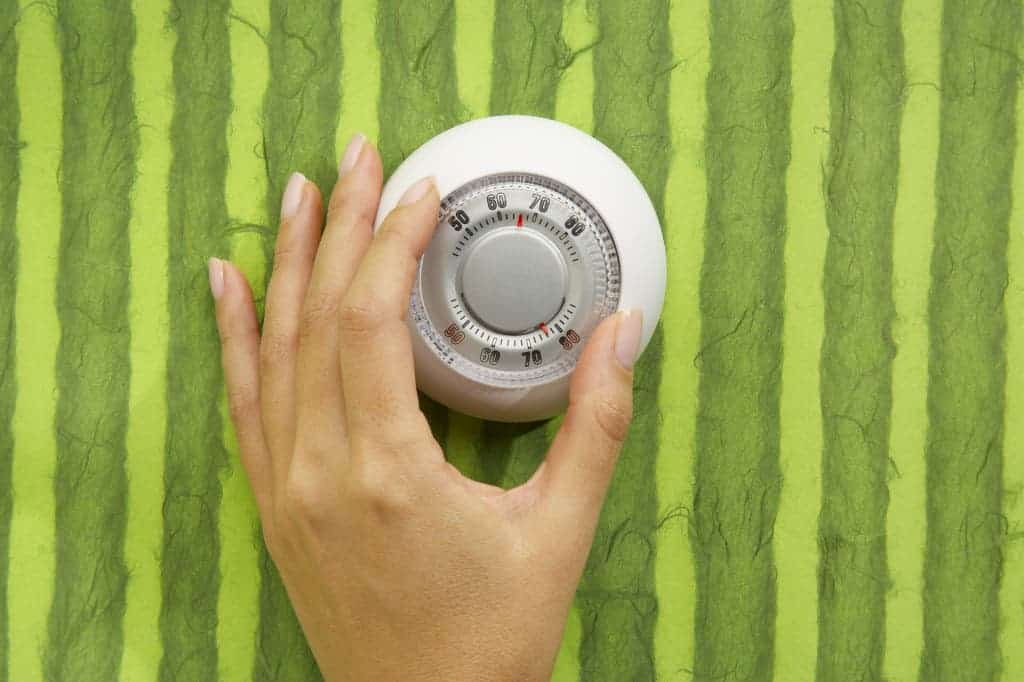European Union leaders are currently meeting in Brussels to discuss the terms under which the Union will set its 2030 energy targets. Right now on the table, the plan is to cut CO2 emissions by 40% from 1990 levels by raising energy efficiency and the renewable energy slice. Such a convention is never without compromise, however. Some states have difficulties adhering to the proposed targets and demand flexibility. While talks go on through the night, we’re keen on hearing what the final agreement will look like in the morning.
The Union’s Carbon Target

Right now, global CO2 levels sit at 400 parts per million or enough to cause a 2 degrees Celsius temperature rise in the next one hundred years, according to climate models. This warming will have significant consequences for the environment, economy and life, human or otherwise. The EU plans on tackling global warming by drastically reducing its CO2 emissions in the next 15 years, but will this sort of measure bear fruit? One can only remember the Kyoto protocol and the disappointing failure the followed. Granted, this time is different. We’re talking about the EU, not an United Nations agreement. The Union is a lot better at communicating and enforcing policies between member states, so there is still hope yet.
“It will not be easy to reach an accord, many countries have energy problems, and some have re-opened coal mines,” French energy minister Segolene Royale told lawmakers in Paris yesterday. “But I think we will have the wisdom, the strength, and the sense of responsibility to reach an accord.”
The target doesn’t stand that well with many developing countries in the EU, particularly eastern Europe. Poland relies on burning coal to meet 90% of its energy needs and if the policy were to come into effect it would ruin the country’s economy, most felt by the Polish citizens themselves. The country’s new Prime Minister Ewa Kopacz has made it clear she will use her veto if there is no compromise.
“This issue actually concerns all Poles, because everyone uses electricity,” said Mrs Kopacz, speaking to reporters last week.
“That is why, if our conditions are not satisfied, I will have to make a radical move, even though this will be my first summit.”
Efficiency and renewable energy – the key drivers to cut CO2

A leaked draft of the proposals set on the table in Brussels today suggests that Poland’s concerns could be assuaged by a plan to give poorer countries 10% of the Emissions Trading Scheme (ETS) allowances. These could then be sold by Poland on the carbon market to pay for much needed energy infrastructure changes. Other angry members are Spain and Portugal who feel the terms are unjust. Both countries produce vasts amounts of energy from renewable energy and often times in surplus. What upsets them is the EU’s reluctance to make the legal steps to connect the continent’s electricity grids. In effect, Spain and Portugal wish for a climate package to include a clause forcing countries to build interconnectors, meaning that every nation should be able to export at least 15 per cent of its generational capacity. The Irish are asking that the country’s ability to soak up extra carbon in bogland and forest should be taken into account when calculating emissions. As you can notice, there’s a great deal of interests than need to be managed.
Whatever’s the case, most experts agree that the deal will go through. It’s the fine details that remain to be arranged, most notably energy efficiency and renewable targets. For instance, the European Commission has proposed that a 30% target for energy savings and a 27% target for green power. There’s talk about a 27% goal for efficiency too, but while this difference might not seem like much, make no mistake – it is. A 25% target on efficiency would reduce EU gas imports by just 9% – but increasing the target to 30% would see the same imports drop by over a fifth!
“I cannot conceal that we’re facing extremely difficult negotiations and it’s very uncertain if we’ll make a deal,” Danish Prime Minister Helle Thorning-Schmidt told lawmakers in Copenhagen before the summit. “The countries are wide apart and we face major obstacles on setting targets, distributing burdens and renewing our energy infrastructure and efficiency.”
ZME Science will keep you updated on future developments.


